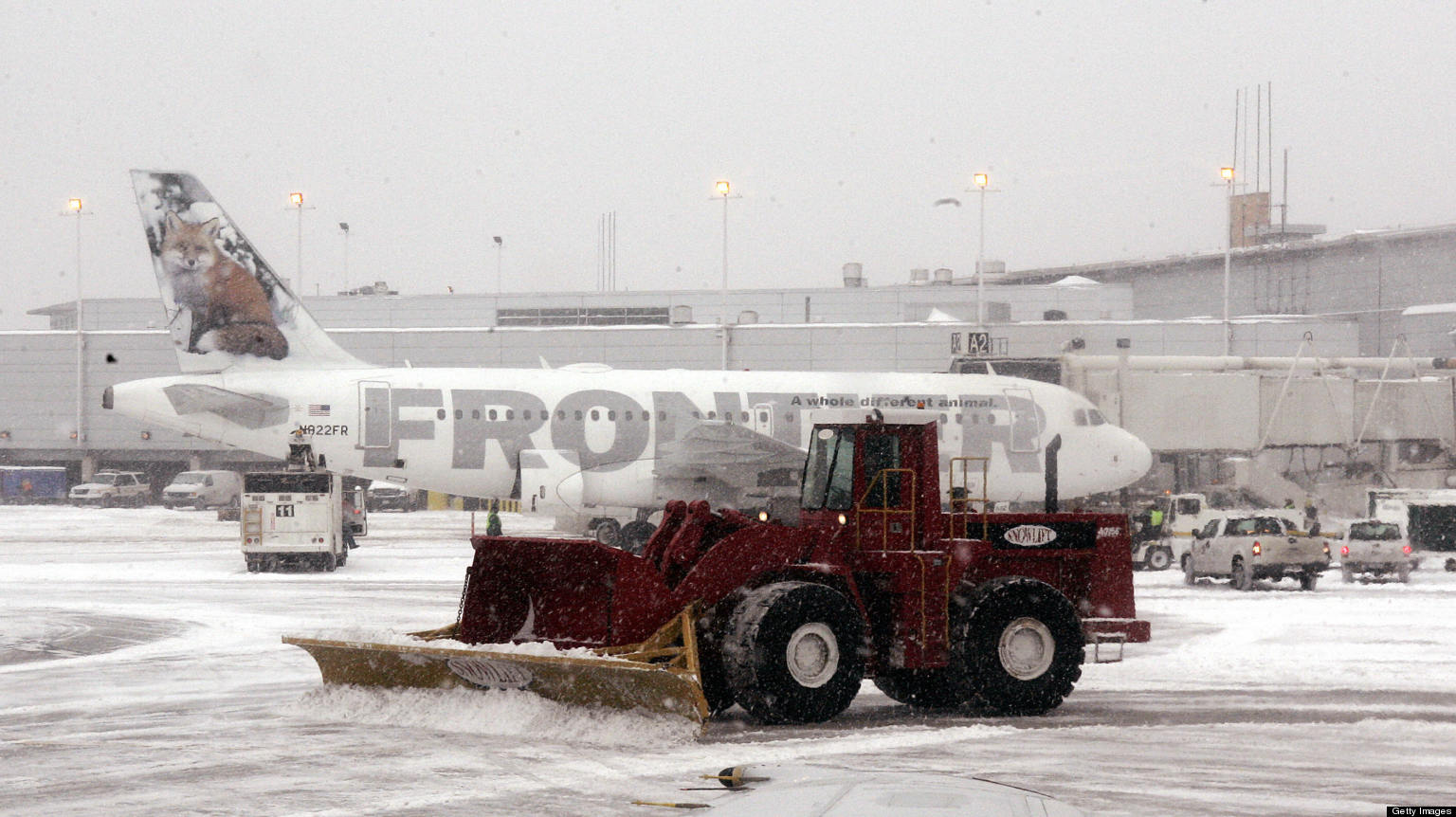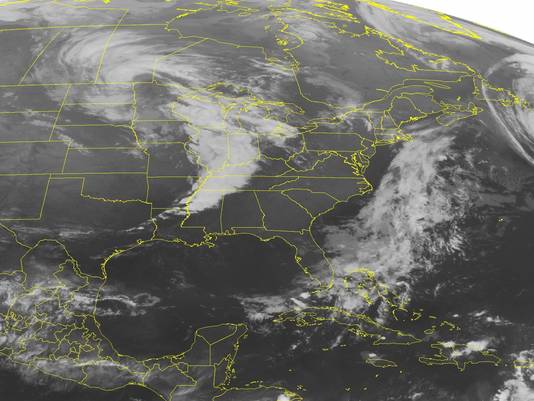March is finally on its way out, but not before leaving its mark in the unusually cold and snowy weather that affected much of the U.S., Europe, and parts of Asia. The chilly weather has come courtesy of a stuck weather pattern that has repeatedly directed blasts of cold Arctic air southward, while leaving Greenland and northeastern Canada much warmer than average for this time of year.
Think of the Arctic as the Northern Hemisphere’s refrigerator. The blocked weather pattern — which some scientists think may be tied to the rapid warming of the Arctic and the subsequent loss of sea ice cover — has opened the refrigerator door, causing cold air to spill out of the freezer that is the Far North and help develop winter storms in the northern mid-latitudes. One such storm occupied much of the Northern Atlantic on Thursday, stretching from just south of Greenland all the way east to Ireland and Spain.
The cold weather this month has been in stark contrast to last March, when an unprecedentedly long-lasting andintense early spring heat wave sent temperatures soaring into the 80s all the way to the U.S. border with Canada.
The interactive graphic above shows a comparison between the temperature departures from average during March of 2013 (through March 28) and March 2012.
One of the things to note is that although the extent of the warm weather last March corresponds well to the area affected by the cold this year, the magnitude of the warmth during the 2012 heat wave was far greater than the severity of this year’s cold weather.
This can also be seen by examining the number and characteristics of the temperature records set during the warm March of 2012 and the cold March this year.
In March 2012, the ratio of warm temperature records to cold temperature records was extraordinarily lopsided, at about 15 to 1. But in March 2013, cold temperature records are only beating warm records by about a 2-to-1 ratio, according to data from the National Climatic Data Center (NCDC) in Asheville, N.C.

 The fertility of the region around the Mekong will suffer due to a changing climate.
The fertility of the region around the Mekong will suffer due to a changing climate.






















 of half an inch of water for 5 inches of powdery snow. For some areas in the Northeast and the Plains, there are over 6 inches of water stored in snowpacks.
of half an inch of water for 5 inches of powdery snow. For some areas in the Northeast and the Plains, there are over 6 inches of water stored in snowpacks.
